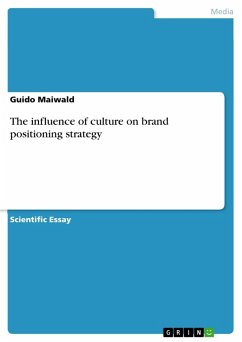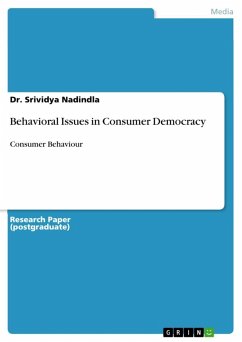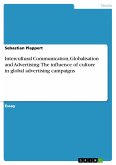Seminar paper from the year 2003 in the subject Communications - Public Relations, Advertising, Marketing, Social Media, grade: B-68, University of Canterbury (Department of Mass Communication and Journalism), course: COMS 406 Advertising and Society, language: English, abstract: Advertising has become the single largest source of visual imagery in our society today. No matter where we look, we see advertisements trying to sell us things. We see images of youthful, beautiful people enticing us to spend our money on products we think we need, hoping that by purchasing the product we too may reap the benefits of owning it. At the beginning of the 1990s however, the Italian clothing company Benetton changed the face of advertising forever. Instead of showing the company's products in its advertisements, they have chosen to show images related to important world issues in a claimed attempt to raise awareness (http://www.courses.psu.edu/ art/art122w_jlh18/student/knepper/Intro.htm). Between 1990 and 1994, and then again in 2000, Benetton attracted attention because of its especially provocative advertising campaigns. Diverse pictures of these campaigns showed situations of adversity, distress, suffering and death. Oliviero Toscani, the creator of the advertisements asserts that it is not his function to increase sales of Benetton products. Toscani claims he uses advertising to raise awareness concerning the issues addressed and his intention is "to promote peace, tolerance, multiculturalism and to challenge stereotypes" (http://www.xs4all.nl/~conflic1/pbp/7/5_benett.htm). However, despite claims by Luciano Benetton and Toscani that profit was never a motive and raising social conscience was their single goal, Benetton advertisements have been widely criticised and banned worldwide (http://www.courses.psu.edu/art/art122w_jlh18/ student/knepper/Benetton.htm). This might have resulted anyhow, not only from their approach of attempting to raise awareness of real problems, but from the means with which they did it. Everything that diverges from well known, generally accepted norms appears provocative for the recipient who is used to certain standards. Nevertheless, the different interpretation of its advertising images in diverse cultures caused resistance and problems for the Benetton company. Contrary to other international operating conglomerates that use the same advertising internationally but modify it in consideration of the cultural context, Benetton advertisements are not tailored regionally. The company uses the same images and campaigns worldwide (http://www.karlsruhe.de/Schulen/Ludwig-Erhard-Schule/Projwer/wer4.htm), and does not consider cultural and moral conceptual differences. [...]
Dieser Download kann aus rechtlichen Gründen nur mit Rechnungsadresse in A, B, BG, CY, CZ, D, DK, EW, E, FIN, F, GR, HR, H, IRL, I, LT, L, LR, M, NL, PL, P, R, S, SLO, SK ausgeliefert werden.









